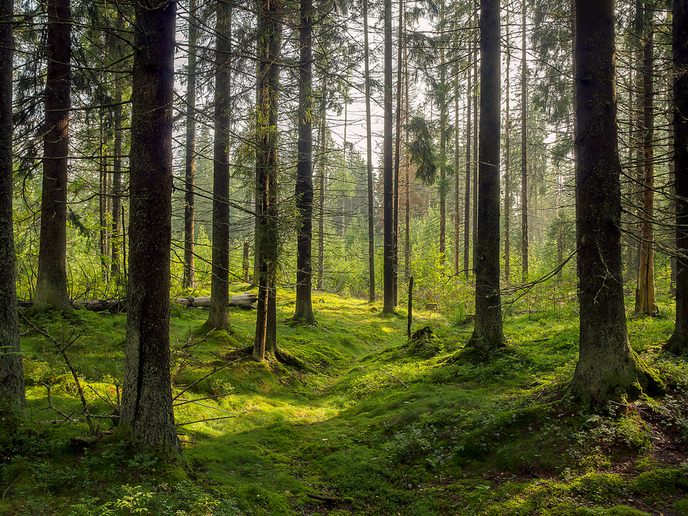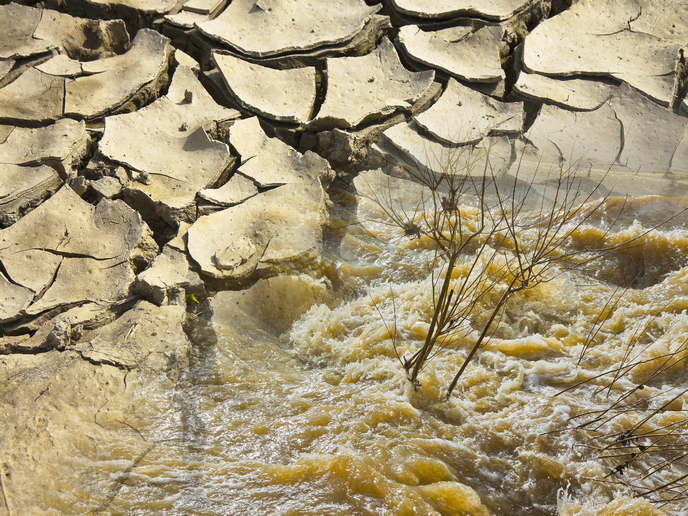Environmental benefits of natural forest regeneration
Former agricultural lands, abandoned due to depopulation and urban migration, are dotted around Europe. They tend to be poorly connected to population centres, and no longer suitable for crops due to infertile soils or steep slopes. What these lands do offer however is strong potential to capture CO2. “This is because they are often close to mature and relatively undisturbed forests, or are surrounded by hedgerows and trees,” explains CASE-CO2 project coordinator Eduardo Velázquez from the University Institute for Research in Sustainable Forest Management (iuFOR), Spain. “Seeds from these trees and shrubs can easily colonise, germinate and become established in these abandoned lands.” When growing, trees trap atmospheric CO2 in order to develop tissue and structure. Carbon is stored not only in the trunks and branches of woody plants, but also in their roots. Decomposition also results in a steady increase in carbon in the soil. “Increasing tree biomass can help to accumulate carbon and reduce the increasing concentration of this greenhouse gas in the atmosphere,” adds Velázquez.
Measuring new life
The CASE-CO2 project was launched with the aim of quantifying the natural reforestation of abandoned farmlands in Castilla y León, one of the most depopulated regions on the Iberian Peninsula. This research was undertaken with the support of the Marie Skłodowska-Curie Actions programme. “The basic idea for this project came about from reading academic papers on the spontaneous rehabilitation of agricultural lands,” notes Velázquez. “I realised that these tended to focus on the biological processes underlying vegetal colonisation, and rarely touched on carbon sequestration.” Velázquez was also inspired by travelling through his native Spain, and seeing ruined walls in the middle of juniper, Pyrenean oak and holm oak forests that once divided farmland. In order to quantify carbon stocks in the region, Velázquez used Geographical Information System software to identify areas currently considered forests, overlaid with images showing ploughing lines, stone walls and hedgerows from different periods. Satellite images were also used to help estimate biomass. “What we found was that agricultural land abandonment was a much bigger phenomenon than we expected,” says Velázquez. “In some areas, we estimated that up to 20 % of currently forested areas were once agricultural lands.” Preliminary results also suggest that newer forests are just as effective as carbon sinks as older, more established forests. “This suggests that Mediterranean continental ecosystems have strong potential for regeneration,” adds Velázquez.
Value of regeneration
Velázquez believes that the project sends a very clear message. If trees and shrubs are available nearby, then abandoned agricultural lands can be rapidly colonised by vegetation. In just a few decades, this biomass can be used to naturally sequester large amounts of carbon. “Although we focused on the Castilla y León region, our findings have relevance for other inland regions in the Iberian Peninsula and Southern Europe,” he explains. “Natural reforestation is often seen as having no economic value – and posing a threat in terms of fires – but we have shown that there is huge value here in storing carbon.” The next step, says Velázquez, could be to study this phenomenon across the whole of the Mediterranean region, in cooperation with researchers and institutions in France, Greece, Italy and Portugal. “I would hope that forest expansion in abandoned agricultural land starts to become mainstreamed in the scientific community,” he notes. “This project underlines how natural processes, which can have a strong positive impact on our lives, can take place in the least spectacular areas.”
Keywords
CASE-CO2, carbon, forest, agriculture, regeneration, sequestration, farmland, hedgerows, trees







